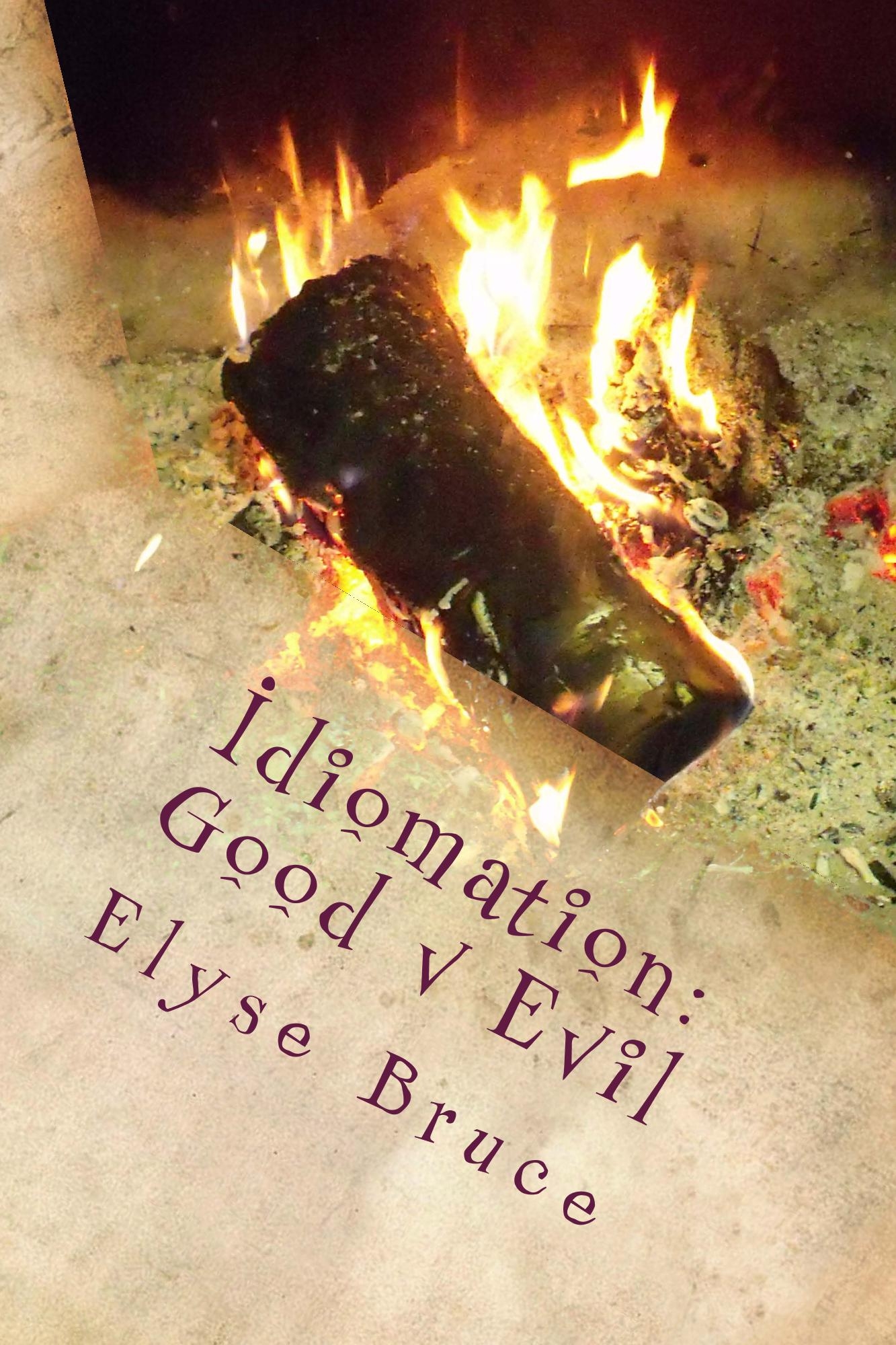There are many times when Idiomation has found itself going down the rabbit hole while researching an idiom, expression, phrase, or word, and the results are always interesting albeit unexpected. When someone says they are going down the rabbit hole, they are embarking on an adventure into the unknown.
When speaking with Robert Brundage of Robert Teaches English back in November, when going down the rabbit hole was mentioned, Robert guessed the expression was probably first used in the Lewis Carroll aka Charles Lutwidge Dodgson (27 January 1832 – 14 January 1898) book “Alice’s Adventures in Wonderland” published in 1865 when Alice falls down a hole where the White Rabbit had disappeared and finds herself in a very strange world indeed.
Up until that point, Idiomation hadn’t researched down the rabbit hole and was unable to confirm or rule out whether Robert’s guess was correct. What Idiomation knew is that going down the rabbit hole is nothing like going down the rat hole (which will be covered at a later date).
Using Lewis Carroll’s book as the starting point, the first chapter of “Alice’s Adventures in Wonderland” is titled, “Down The Rabbit-Hole.” Having read the book often as a child, the adventures that ensue from Alice going down the rabbit hole establishes the meaning associated with the idiom, and it is the starting point for all of Alice’s adventures in the story.
The rabbit-hole went straight on like a tunnel for some way, and then dipped suddenly down, so suddenly that Alice had not a moment to think about stopping herself before she found herself falling down what seemed to be a very deep well.
Either the well was very deep, or she fell very slowly, for she had plenty of time as she went down to look about her, and to wonder what was going to happen next.
When “Alice Through the Looking Glass, and What Alice Found There” was published in 1872, it was during a season that was seen as having been comparatively dull and unproductive for books, and the good news was this according to reviewers:
“Alice” is alive again, or rather has been to sleep again ; this time she has gone through the looking glass instead of down the rabbit’s hole, but she is the same Alice, and her adventures are as delightful as ever.
The review went on to state:
“If people will ask whether the second book is as good as the first, we can only answer that the second can never have the charm of novelty, which is a peculiar element in the success of its forerunner. We shall be glad to hear even more of Alice’s dreams — though, perhaps, even of them, we may some day get tired.
It would appear, based on this review in Volume 18 of “The Month: An Illustrated Magazine of Literature, Science and Art” published in February 1872, that going down the rabbit-hole was a comment that spoke well of the adventures Alice went on to have in her first book, and the hopes for her adventures in the second book.
Two years before the second Alice book was published, in “Amy’s Wish and What Came of It” written by Mrs. George Tylee (1811 – 1897) with illustrations by G. Wigand, published in 1870, Lewis Carroll’s book and character were mentioned.
I saw a new book lying on papa’s table, all about a little girl that had the most wonderful adventures ‘ she went down a rabbit-hole, and sometimes she grew so tall she touched the ceiling, and then she grew so short again that her chin knocked against the floor. Oh! how I should like to be just like that little girl.
There was no question which book the main character had spied on her father’s table. It was obviously “Alice’s Adventures in Wonderland.” All the author had to do was to mention going down the rabbit-hole, and her readers knew exactly which book she meant.
Two pages later the main character’s mother admonishes her for discarding the proverb of a bird in the hand is worth two in the bush by way of claiming she hasn’t any birds of which she is aware. Her mother responds thusly:
Think again : you have a happy home, kind parents, many little daily pleasures, and I think you often lose those ‘birds’ and let them fly away from you, while you are wishing to be Alice down the rabbit-hole, or Cinderella in her golden carriage.
INTERESTING SIDE NOTE 1: English author Mrs. George Tylee was Catherine Elizabeth Tylee née Ward who married Lieutenant-General George Tylee (11 November 1807 – 1865) of the Bengal Army in 1857. As a widow she wrote “Amy’s Wish and What Came Of It” which was published in 1870 and “Hurree de Fontenay or All Lost Save Honour” in 1876. Catherine Elizabeth Tylee was the daughter of Seth Stephen Ward of Camberwell (26 December 1766 – 10 March 1845).
A little more research uncovered that until the 18th century, rabbits were the young offspring of coneys which was the term for rabbits beginning in the 13th century.
Coney-wool was made from the fur of rabbits at the onset of the 18th century, and was used in the making of hats, and of course, they all lived in coney-holes until the onset of the 18th century when they started living in rabbit-holes.
This indicates that going down a rabbit-hole wasn’t possible before then. If you were going anywhere, you are going down a coney-hole which is an expression Idiomation did not find in any of the published materials of the time.
Regardless of how much effort has been put into researching this idiom, it appears that Lewis Carroll is indeed responsible for coining the phrase where people go down the rabbit-hole with the definition we continue to use to this day. That puts its first published date squarely to 1865.

